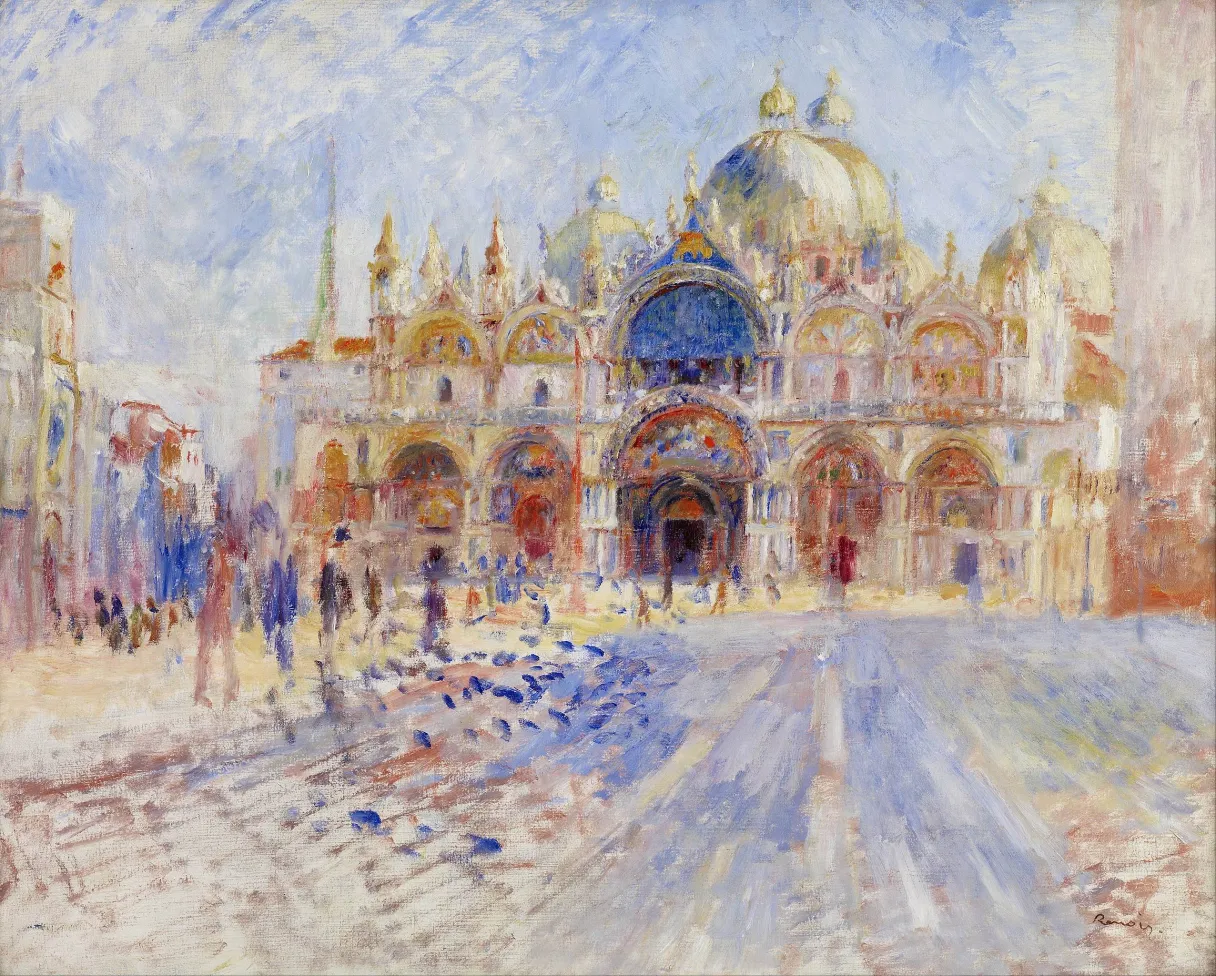
AG review
In AG 4, we view as function on . Indeed, it define a ring homomorphism as follows:
Let be a commutative ring, . Define .
We could consider via .
The kernel of is . Hence , if is reduced, then is injective, .
Hence we could view as a subring of the function ring on .
Notice that for a ring homomorphism , if , then .
Hence we get a functor .
Proposition. is the left adjoint of the inclusion functor .
Proof. We only need to prove that , here is reduced.
It is true because for all , .
Corollary: The functor preserve colimit, in particular, coproduct.
Rember that the coproduct is tensor product here, hence we have:
Remark.
Reader may relate it to the torsion module and torsion free module. That is, for an integral domain , consider
And we also have
Remark. Readers may remind that .
The reason is, iff , implies V(f)=V(g).
For a Alg , Consider and , we could define
Again
Diagonal Algebra
Definition. Let be a finite algebra of degree . Set . The following conditions are equivalent:
A is isomorphic to an algebra of functions on set finite set, i.e. .
The Gelfand transformation is an algebra isomorphism.
.
.
.
A algebra satisfies one of the conditions will be called diagonal algebra.
Proof.
. Notice that . Then since the algebra homomorphism has to be projection map. Let be a algebra homomorphism to , then .
Hence . We only need to check that the Gelfand transformation is injective,
Let , then there exists a such that . Hence the Gelfand transformation is injective.
. Since the Gelfand transformation is an isomorphism, then .
. shows that the kernel of the Gelfand transformation is , hence is injective.
. Obviously.
. Obviously.
. Notice that . It has to be finite since by Chinese Remainder Theorem, is surjective, hence .
By Chinese remainder theorem, quotient the intercetion of all the maximal ideal:
is surjective. Hence . Hence it is an isomorphism.
Let and consider the group vector space . Here we define on the basis.
Hence
i.e.
Now consider , We want to shows that is diagonal, hence the Gelfand Transformation will be an isomorphism between and .
For all , there exists a unique linear map such that .
is an algebra homomorphism if and only if .
Conversely, for all the algebra homomorphism , there exists a unique function such that . The function is a group homomorphism since:
Hence we have
Let be a th root of 1, then gives us a distinct group homomorphism from to . Hence is diagnoal, the Gelfand Transformation is an isomorphism.




No comments:
Post a Comment